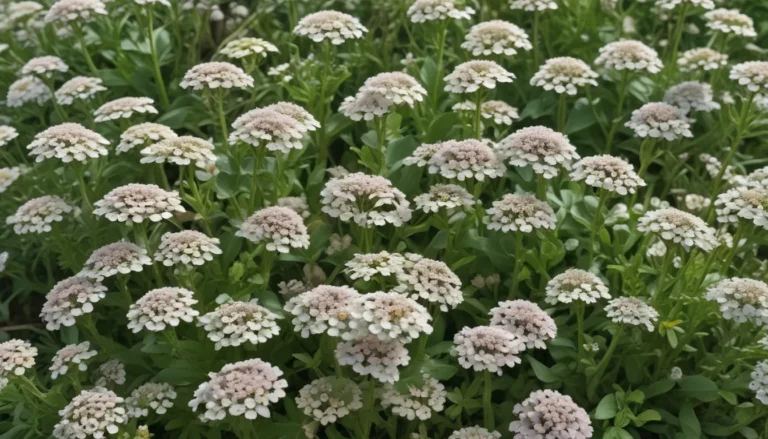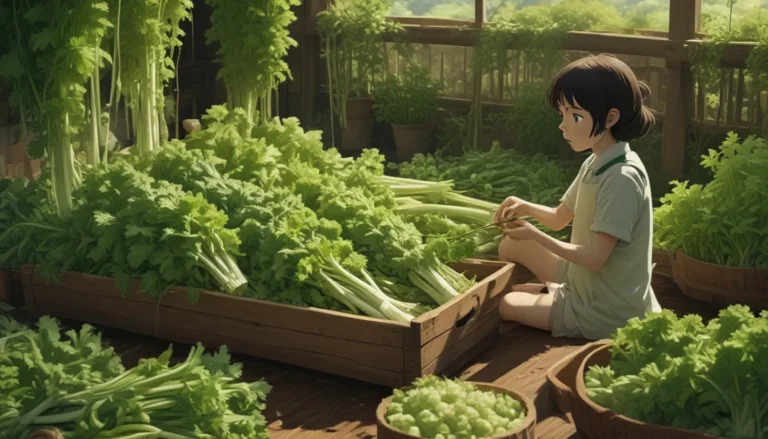A Comprehensive Guide to Starting a Worm Farm

Are you looking for an eco-friendly way to reduce household food waste and create nutrient-rich compost for your garden? Starting a worm farm, also known as vermiculture, is a fantastic solution that is not only fun and easy but also economical. Whether you live in an urban setting or a rural area, you can set up a worm farm in a small space like a balcony or courtyard.
By utilizing the diligent efforts of hungry worms, you can transform food scraps and other organic materials into rich compost known as vermicompost. This nutrient-dense byproduct is essential for nourishing your plants and improving soil health. The process of vermiculture is odor-free, low maintenance, and provides a sustainable way to manage kitchen waste while creating value for your garden.
In this in-depth guide, you will learn everything you need to know about starting a worm farm at home. From the benefits of vermicompost to setting up your worm farm, selecting the right worms, feeding and caring for them, and harvesting the compost, we will cover it all. Let’s dive into the fascinating world of vermiculture and discover how to create your own thriving worm farm.
Benefits of Vermicompost
Here are the key benefits of starting a worm farm and producing vermicompost:
- Vermicompost is clean and odor-free.
- Worms provide aeration to the soil, eliminating the need for turning.
- Castings are produced within a few weeks without the need for internal heating.
- Recycles kitchen waste materials effectively.
- Offers nutrient-dense compost with good water retention and microbial activity.
- Enhances soil structure, promotes nutrient uptake in plants, and balances soil pH.
- Contains beneficial bacteria that promote plant growth and protect against pathogens.
- Acts as a soil conditioner with excellent moisture retention properties.
Setting Up Your Worm Farm
To start your worm farm, you can create your own bin or invest in a prefabricated container designed for vermiculture. Whether you choose to DIY or buy a ready-made system, ensure that the bin is well-ventilated, has adequate depth for bedding materials, and includes a catchment tray to collect excess moisture.
When setting up your worm farm, follow these steps:
- Prepare the bedding with carbon-rich materials like coconut coir, dried leaves, or shredded paper.
- Add a layer of nutrient-rich soil or compost to introduce beneficial microbes.
- Lightly moisten the bedding with water to create a suitable environment for the worms.
- Release your worms into the bin and allow them to settle into their new home.
Determining the right number of worms for your farm depends on factors like bin size, food availability, and moisture levels. As a general guideline, start with a conservative number of worms and adjust based on how much waste you produce each week.
Worm Species to Select
Choosing the right worm species is crucial for successful vermicomposting. Epigeic worms, such as red wigglers (Eisenia fetida) and European nightcrawlers (Dendrobaena hortensis), are ideal for composting as they thrive in confined spaces, consume food scraps efficiently, and reproduce quickly.
Red wigglers are popular for their fast composting ability, while European nightcrawlers are larger and more cold-tolerant. Select the species that best suit your climate and composting needs to ensure a thriving worm farm.
Location
Whether you place your worm farm indoors or outdoors, ensure it is located in a cool, dry area protected from extreme temperatures. During the winter, provide additional insulation or bring the farm indoors to maintain optimal conditions for the worms. Monitor the temperature regularly and adjust the location as needed to promote worm activity and casting production.
Dietary Basics
Feeding your worms a balanced diet is essential for producing high-quality vermicompost. Offer organic scraps like fruit, vegetables, coffee grounds, and eggshells while avoiding harmful items like meat, dairy, oily foods, and citrus fruits. Maintaining a healthy diet for your worms will result in nutrient-rich castings and healthy populations.
Care and Maintenance
Regular maintenance of your worm farm includes adding food scraps, monitoring moisture levels, and covering fresh scraps with bedding materials. By creating a balanced environment with proper ventilation, moisture, and food supply, you can keep your worms happy and productive. Follow simple care routines to ensure your worm farm thrives and produces ample compost for your garden.
Harvesting Vermicompost
Harvesting vermicompost can be done using various methods, such as separating the castings from the worms, allowing the worms to migrate to a new bin, or directly applying the compost to your garden. Experiment with different harvesting techniques to find the method that works best for your setup and gardening needs.
Worm Reproduction Habits
Worms reproduce quickly in a healthy environment, allowing populations to self-regulate and maintain optimal levels for composting. By providing suitable conditions for mating and egg incubation, you can ensure a continuous cycle of worm reproduction and castings production. Allow your worms to multiply naturally and enjoy the benefits of a thriving vermiculture system.
Conclusion
Starting a worm farm is a rewarding and sustainable way to reduce food waste, create nutrient-rich compost, and improve soil health in your garden. By following the steps outlined in this guide, you can set up a successful vermiculture system at home and experience the many benefits of producing vermicompost. Whether you choose to build your own bin or opt for a prefabricated system, vermiculture offers a simple and effective solution for organic waste management and plant nutrition.
If you’re interested in learning more about vermiculture and gardening with worms, consider exploring resources like “The Worm Book: The Complete Guide to Gardening and Composting with Worms” available on Amazon. Share your vermicomposting experiences or questions in the comments section below, and let’s continue to nurture our gardens and the environment through sustainable practices like worm farming.
For more tips on enhancing your soil health and backyard gardening, check out our related guides on cover cropping, composting with coffee grounds, and using wood ashes for garden enrichment. Join the growing community of vermiculture enthusiasts and start your journey towards a greener, more sustainable lifestyle today!





